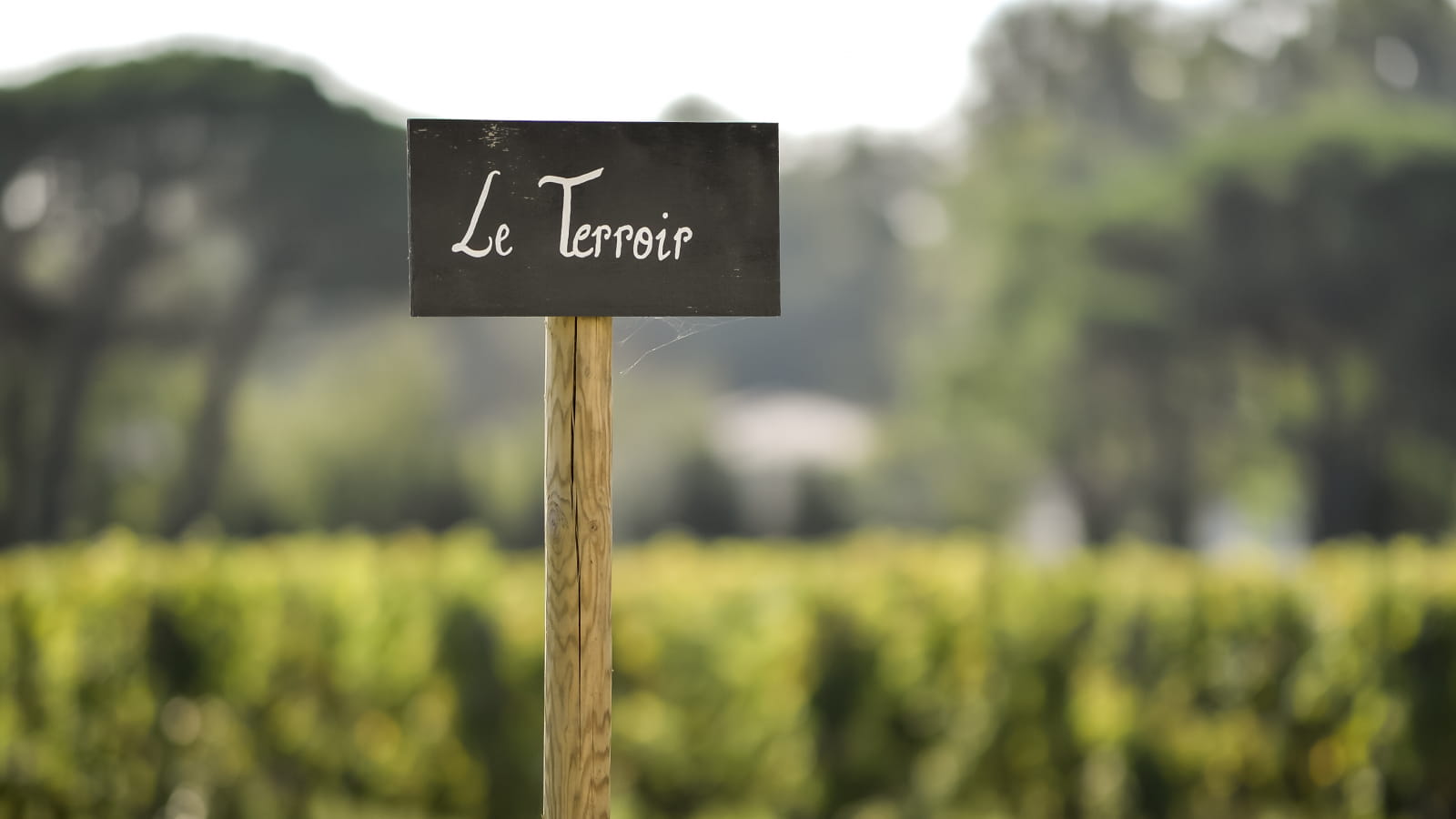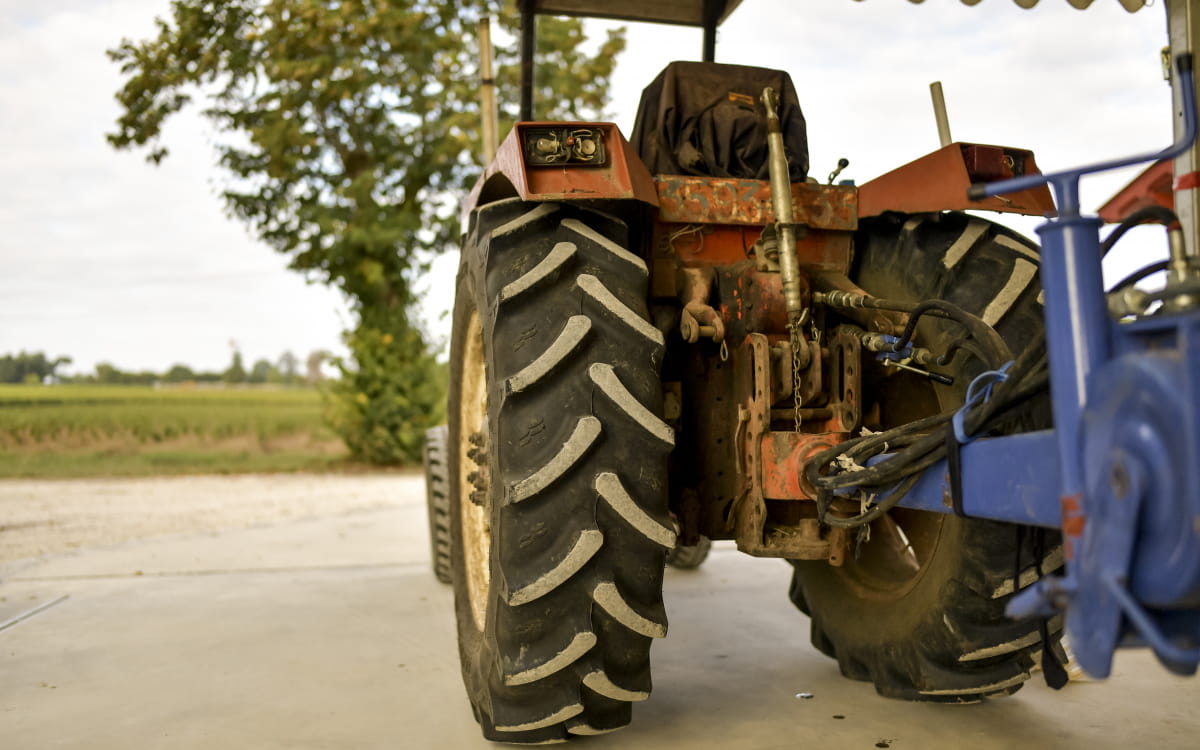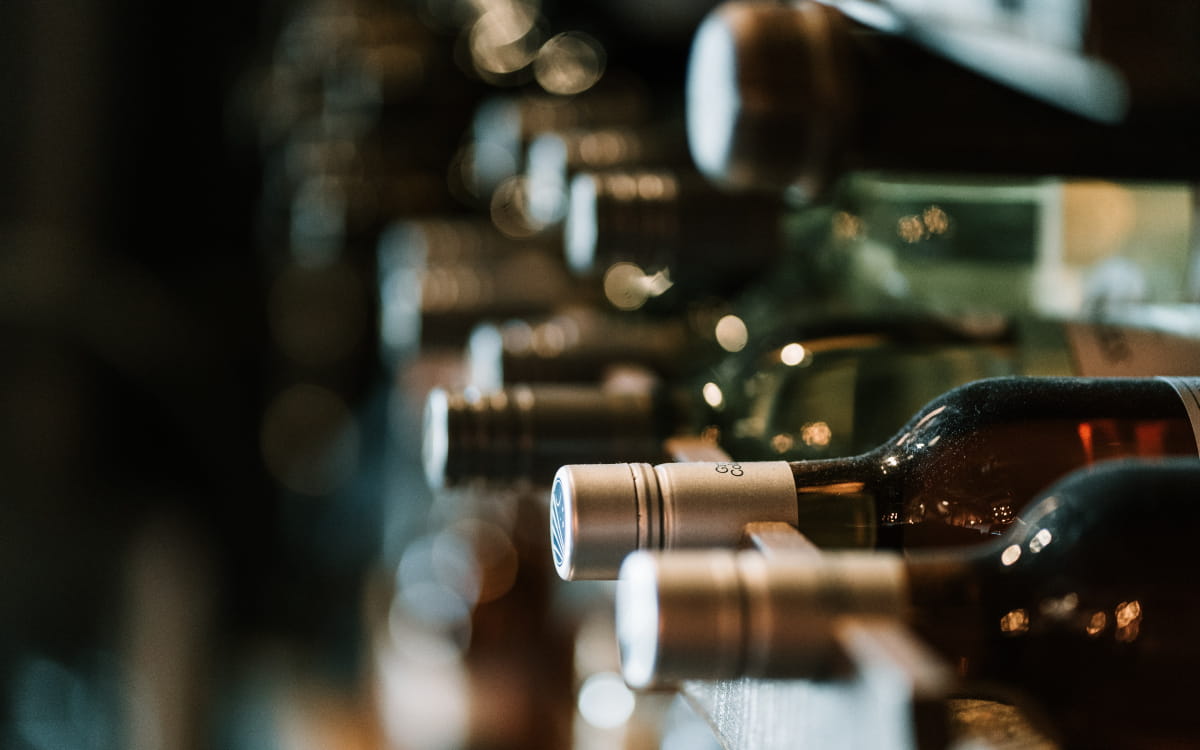
The Graves appellation
The origin of Bordeaux wines
The Graves vineyard is the oldest in Bordeaux. In the 18th century, Montesquieu was its perfect ambassador during his trips to Paris and Great Britain. This 3500-hectare vineyard located south of the Gironde capital produces quality wines that will seduce Bordeaux lovers.
The Graves vineyard stretch from La Brède to Langon, in a strip of land 55 km long and 10 km wide. The vineyards are bordered to the west and south by a pine forest and to the east by the Garonne River. Within the appellation area "vins de Graves" is also the AOC "Pessac-Leognan", reserved for the great growths of the controlled appellation "Graves".
Graves is one of the oldest appellations in Bordeaux. The great estates created between the 16th and 18th centuries produced quality wines under the common name of "Graves wines", which were then considered to be the Bordeaux wine par excellence. Montesquieu, who was also a winegrower in La Brède, was also its ambassador in Paris and Great Britain. Of his region, he used to say "the air, the grapes, the wines of the banks of the Garonne and the mood of the Gascons are excellent antidotes against melancholy".
The wines of Graves have the particularity of bearing the name of their soil, which comes from "gravas" in Occitan Gascony. Graves are none other than deposits of gravel and pebbles deposited by the Garonne often mixed with sand and clay. They have the advantage of gradually redistributing to the vine, in the evening, the sun's heat stored during the day, thus contributing to a better ripening of the grapes.
Among the Graves wines, there are three appellations: graves rouges, graves blancs and graves supérieurs. The Graves Supérieure are sweet white wines produced in the periphery of the AOCs of Barsac and Sauternes.
The Graves wines are still blended wines whose grape varieties come from Merlot, Cabernet, Malbec and Petit Verdot for the red wines and from Semillon, Sauvignon and Muscadelle for the white wines. These wines can be kept for between 5 and 15 years.
The red wines benefit from a well-balanced grape variety, where the cabernet brings aroma and structure and the merlot brings fragrance and suppleness. When they are young, they develop red fruit aromas.
Made with Semillon, the dry white wines reserve notes of wax and honey. Blended with Sauvignon, they bring out citrus fruit aromas. The superior gravelly wines, golden yellow in colour, are characterised by a harmony between acidity and softness. They develop notes of toast, honey and sometimes dried fruit.
Today, the vineyard has 3500 hectares of vines cultivated by 240 winegrowers of the appellation who work with passion and rigour in order to continue to produce white and red wines that live up to their reputation.
On average, 160,000 hectolitres are produced each year, the equivalent of 20 million bottles. About two thirds of this is red wines. The remaining third is divided between dry white and superior.




